
| From Wyoming Tales and Trails This page: Gillette continued, Battle of Lightning Creek. |
 |

| From Wyoming Tales and Trails This page: Gillette continued, Battle of Lightning Creek. |
 |
|
|
|
About This Site |
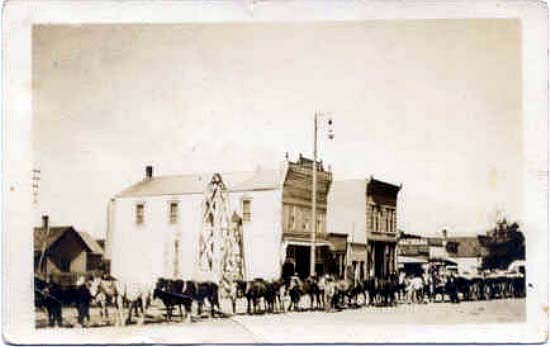 Gillette, 1919. In 1911 Campbell County was created out of parts of Weston and Crook Counties. The County is unique in that it is named not after one, but two individuals, Robert Campbell (1804-79) who was a partner with William Sublette in the fur trade, and John A. Campbell (1835-80), the first territorial governor.
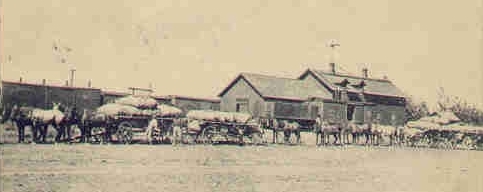 Gillette, 1911 Robert Campbell emigrated to the United States from Northern Ireland in 1824 and was advised to seek mountain air as a cure for his tuberculosis. Thus, he joined Ashley's fur trading company and by 1826 was in charge of the various trapping parties. He became a partner of William Sublette and was present at the Battle of Pierre's Hole. In 1835 the business was sold to Fontenelle, Fitzpatrick & Company. Campbell was one of the few white men trusted by the Indians and participated in the negotiation of the Fort Laramie Treaties of 1851 and 1869. Both Campbell and Ashley served as co-executors of the estate of Jedediah Smith.
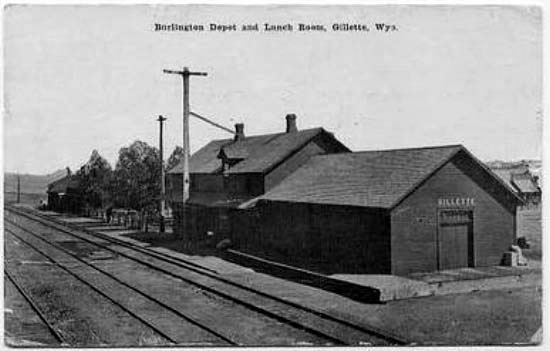 Gillette Depot and Lunch Room, undated John Allen Campbell, a brevet brigadier general during the Civil War, was appointed territorial governor by President Grant and served between 1869 and 1875. Although he is most noted for signing in 1869 legislation providing for the first universal sufferage in the United States, Gov. Campbell may also be regarded as the father of the Wyoming National Guard. At his urging the Legislature in 1870 authorized the formation of volunteer militia units. As a result several short lived units were formed in the Territory including the Cheyenne Rangers in 1873, the Wyoming Home Guard in Laramie and Cheyenne in 1874, and the Wyoming Rangers in Lander. Following his service as governor, Campbell served as an assistant secretary of state and as American consul in Basel, Switzerland.
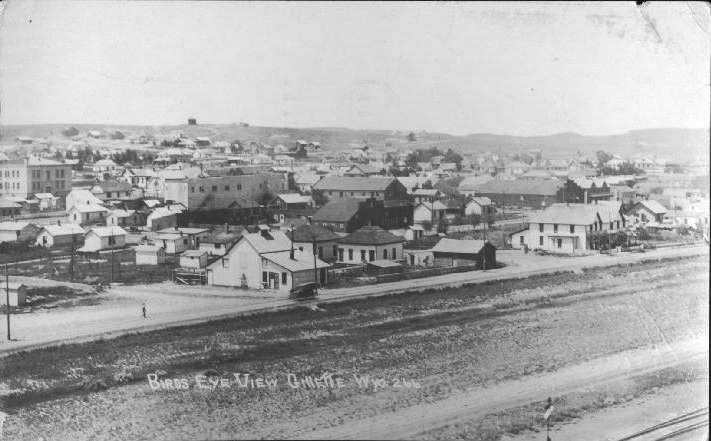 Gillette, 1924
Southeast of Gillette, in southern Weston County, in 1903, occurred the last Indian "battle" fought in the State, the Battle of Lightning Creek. In October a band of Indians, under Chief Charley Smith, left the Pine Agency to go hunting near Thunder Creek. On October 23 Weston County Sheriff William Miller and a posse cought up with a portion of the band and arrested 12. Later he caught up with the main band later but had insuffient number of men to make an arrest for violation of game laws and killing of stock. The next day after obtaining reinforcements Sheriff Miller again caught up with the band near the confluence of Lightning Creek and Thunder Creek. In the ensuing fire fight Sheriff Miller suffered a fatal wound and bled to death, deputy Louis Falkenberg was shot in the neck and Chief Smith was killed. Later 9 braves and 12 women of the band were later caught by a Crook County posse led by Deputy Lee Miller in South Dakota. At a hearing, they were discharged, much to the ire of Governor Chatterton, for lack of evidence.
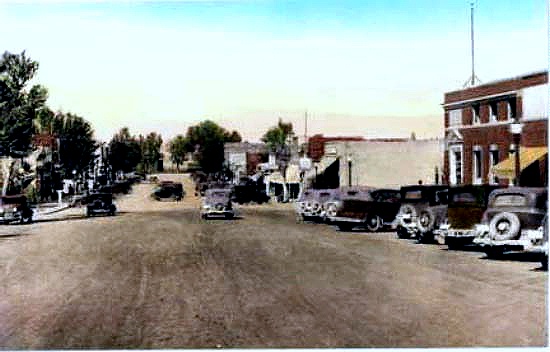 Gillette, 1930'S
The Battle of Lightening Creek was not, however, the last "Indian Scare" to hit the area. In 1906, approximately 400 members of the White River Band of Utes left the Uintah Reservation in Utah to which they had been exiled following the Thornburgh Massacre. They made their was across northern Wyoming heading to Pine Ridge where they hoped to find refuge. The trek was peaceful although some mnor provisions were stolen from sheep camps. Members of the band stopped in Gillette where they purchased 800 lbs of flour, 200 lbs of coffee, 200 lbs sugar and some amunition. They addtionally sold 15 to 20 head of horses, coyote hide and beadwork for about $300. Nevertheless, as in the case of Wounded Kneee sixteen years before, the Press became overly excited. The New York Times, as an example, on October 31, reported that the Indians were prepared to fight to the death. When the little band was intercepted by the Army, 40 Indians elected to return to Utah. The remainder were escorted to Ft. Meade. At the Cheyenne River Reservation four townships were provided for the band. Proving, however, that the grass is not always greener on the other side of the fence, in 1908 the entire band elected to return to Utah.
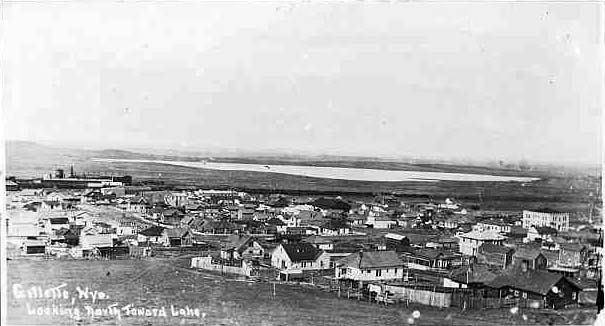 Gillette, looking north toward lake, 1930's
Until the 1970's, Campbell County was primarily agricultural. The County experience a large growth from homesteading during and after World War I. Many of the small homesteads survived until taken over for coal reserves in the 1970's. Others, however, as discussed on the next page failed to survive the drought of the late 1920's and early 1930's. Coal has been important in the Powder River region since prior to the coming of Europeans. Natural outcropping occur in the area which were utilized by Indians. In 1920, the Peerless Mine opened as an underground mine. In the 1970's, the coal industry expanded, as a result of the need for Wyoming's low sulphur coal, to the point that Campbell County now provides in excess of one-fifth of all coal mined in the United States. Additionally, the area is now involved with the production of coal methane gas. 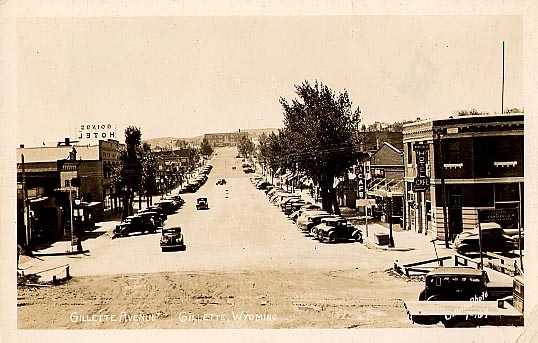 Gillette, 1939. Next Page: Lightning Flat |